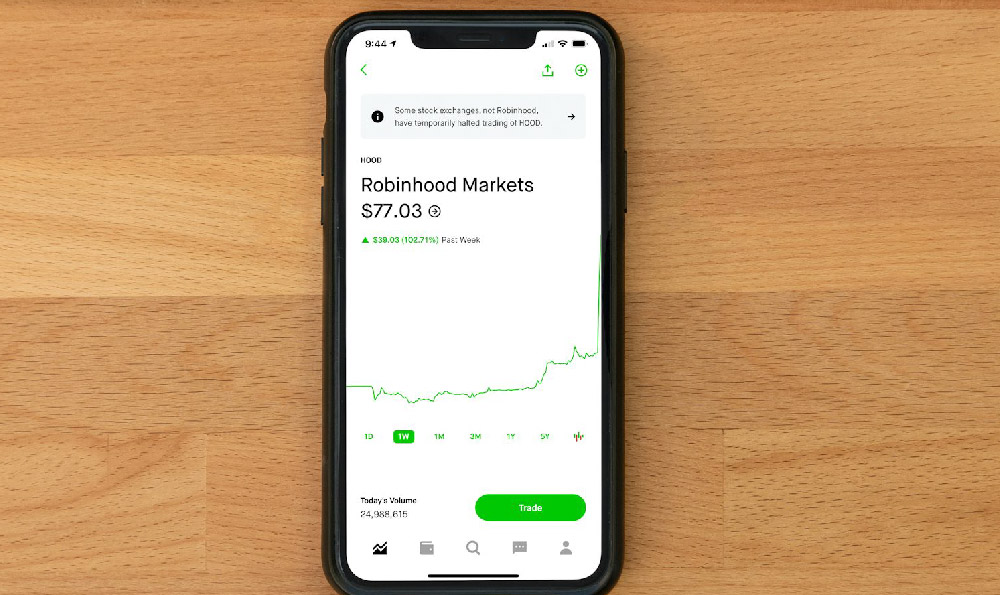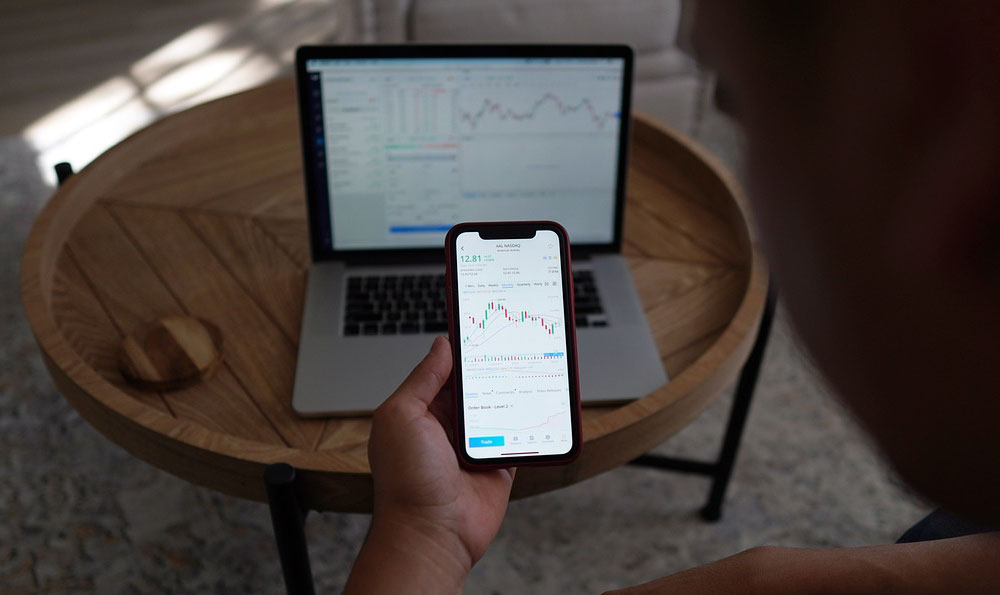In the dynamic world of financial markets, leveraging platforms like Robinhood for stock trading offers individuals a unique opportunity to grow their wealth. With its zero-fee trading model and user-friendly interface, Robinhood has become a popular choice for both novice and seasoned traders. However, the prospect of generating returns through stock trading on this platform requires more than just access to tools; it demands a strategic approach grounded in market analysis, disciplined execution, and a deep understanding of risk mitigation. To succeed in this environment, investors must navigate the complexities of stock fundamentals, technical indicators, and market psychology with precision, ensuring that their decisions are informed and their portfolios protected.
The foundation of profitable stock trading on Robinhood lies in a comprehensive grasp of market dynamics. Markets are influenced by a myriad of factors, including macroeconomic trends, industry-specific developments, and geopolitical events. By staying attuned to these forces, traders can position themselves advantageously. For instance, understanding the performance of major indices like the S&P 500 or NASDAQ can provide insights into the broader market sentiment. Similarly, tracking news cycles and corporate earnings reports allows for timely adjustments in investment strategies. This awareness is critical because it enables traders to anticipate potential market shifts and capitalize on emerging opportunities.
A key factor in maximizing returns on Robinhood is the effective use of technical analysis. Unlike fundamental analysis, which focuses on a company's financial health and business model, technical analysis examines price movements and trading volume through charts and statistical metrics. Indicators such as the Relative Strength Index (RSI), Moving Average Convergence Divergence (MACD), and Bollinger Bands can help identify overbought or oversold conditions, potential trend reversals, and volatility patterns. For example, when the RSI indicator falls below 30, it often signals that a stock is undervalued and may be poised for a rebound. Conversely, an RSI above 70 typically indicates overvaluation, suggesting a possible downturn. By combining these indicators with chart patterns like head and shoulders or double tops, traders can develop a nuanced view of market behavior, allowing them to make more informed decisions.

Risk management, however, remains the cornerstone of sustainable profitability. Even the most promising investment opportunities can lead to significant losses if not approached with caution. A well-structured risk management framework includes diversifying one's portfolio across different sectors, industries, and asset classes to minimize exposure to over-concentration. Additionally, setting predefined stop-loss and take-profit levels can help prevent emotional decision-making, which often results in missed opportunities or unnecessary losses. For example, a trader might allocate 10% of their portfolio to a high-growth tech stock and 5% to a defensive utility company, balancing the potential for higher returns with stability. This approach ensures that no single investment can derail the entire strategy.
Another essential element of profitable stock trading on Robinhood is the ability to differentiate between long-term value investing and short-term swing trading. Value investing, as pioneered by Warren Buffett, focuses on purchasing stocks that are undervalued based on fundamental analysis and holding them for the long term, anticipating growth over time. This strategy requires patience and a willingness to weather short-term market fluctuations. On the other hand, swing trading involves short-term trades, typically holding positions for days to weeks, to capitalize on intraday price movements. This approach is suited for traders who can monitor markets actively and react swiftly to changing conditions. Each strategy has its merits, and the choice between them depends on an investor's risk tolerance, time commitment, and financial goals.
To further enhance profitability, investors should prioritize educational resources and continuous learning. The stock market is a complex and ever-evolving ecosystem, and staying informed is crucial. Robinhood itself offers educational tools, including articles, tutorials, and market insights, which can be invaluable for new traders. Additionally, delving into books by renowned investors like Peter Lynch or Benjamin Graham provides a deeper understanding of market psychology and fundamental valuation techniques. Moreover, following financial news outlets and understanding macroeconomic indicators such as interest rates, inflation, and GDP growth can help forecast market trends more accurately. This commitment to learning ensures that traders can adapt to changing conditions and refine their strategies over time.
The role of discipline cannot be overstated in achieving consistent returns. Markets are inherently volatile, and emotional responses often lead to suboptimal decisions. A trader must establish a clear trading plan, adhering to it even in the face of market turbulence. This includes setting specific entry and exit criteria, avoiding impulsive trades based on market hype, and maintaining a long-term perspective. For instance, a trader might decide to only invest in stocks that meet certain criteria, such as a strong balance sheet or positive earnings growth, and avoid speculative ventures that lack fundamental backing. Discipline also involves managing time and capital efficiently, ensuring that each trade is a calculated risk rather than a reaction to fear or greed.
In today's digital age, utilizing tools for data-driven decision-making is a significant advantage. Robinhood provides access to real-time data, historical price information, and screeners that allow users to filter stocks based on specific parameters. These tools can be instrumental in identifying high-potential investments and monitoring market changes. Moreover, integrating third-party applications or platforms that offer advanced analytics, such as sentiment analysis or algorithmic trading models, can provide deeper insights into market behavior. These technologies enable traders to process vast amounts of data quickly, identifying trends and patterns that might not be immediately apparent through traditional methods.
Ultimately, generating returns on Robinhood stock trading requires a blend of knowledge, discipline, and adaptability. While the platform offers a range of tools to facilitate trading, the success of any investment strategy hinges on the investor's ability to interpret market signals accurately and act decisively. By focusing on fundamentals, employing technical analysis, managing risks effectively, and remaining committed to continuous learning, traders can position themselves for long-term financial success. In a market environment where information is abundant and volatility is the norm, the investor who combines these elements with patience and strategic foresight will not only survive but thrive, achieving their financial objectives with confidence and precision.












